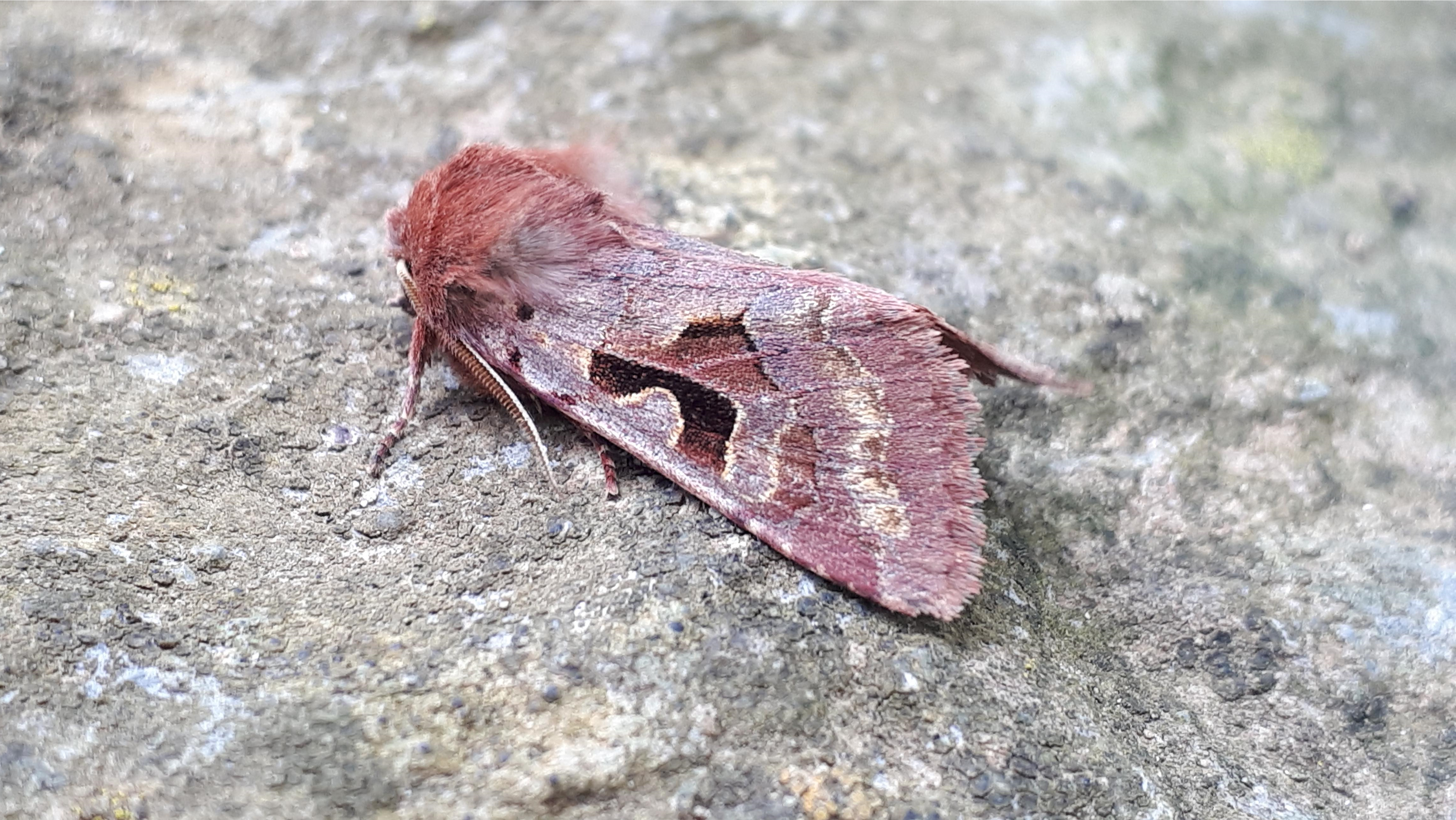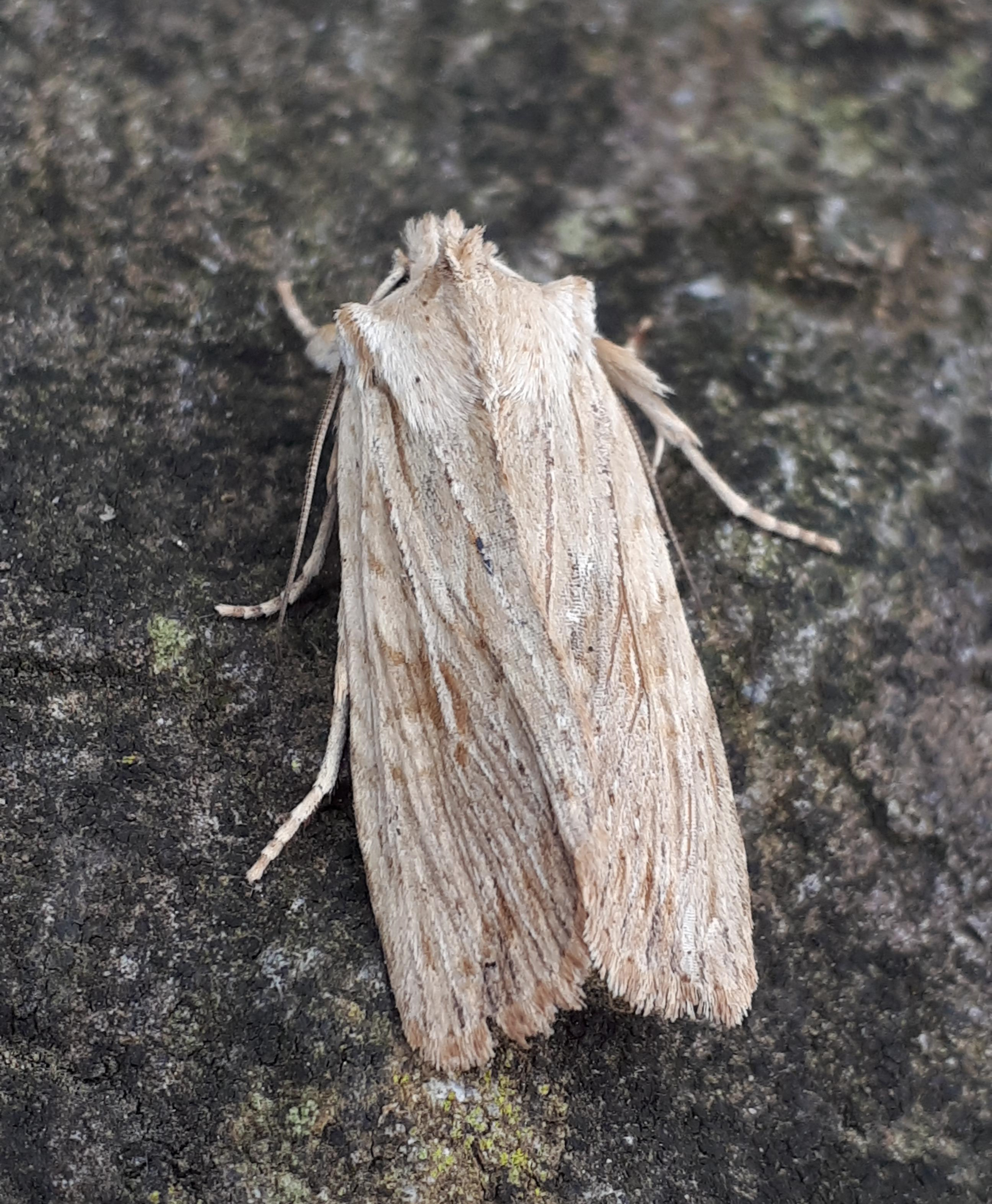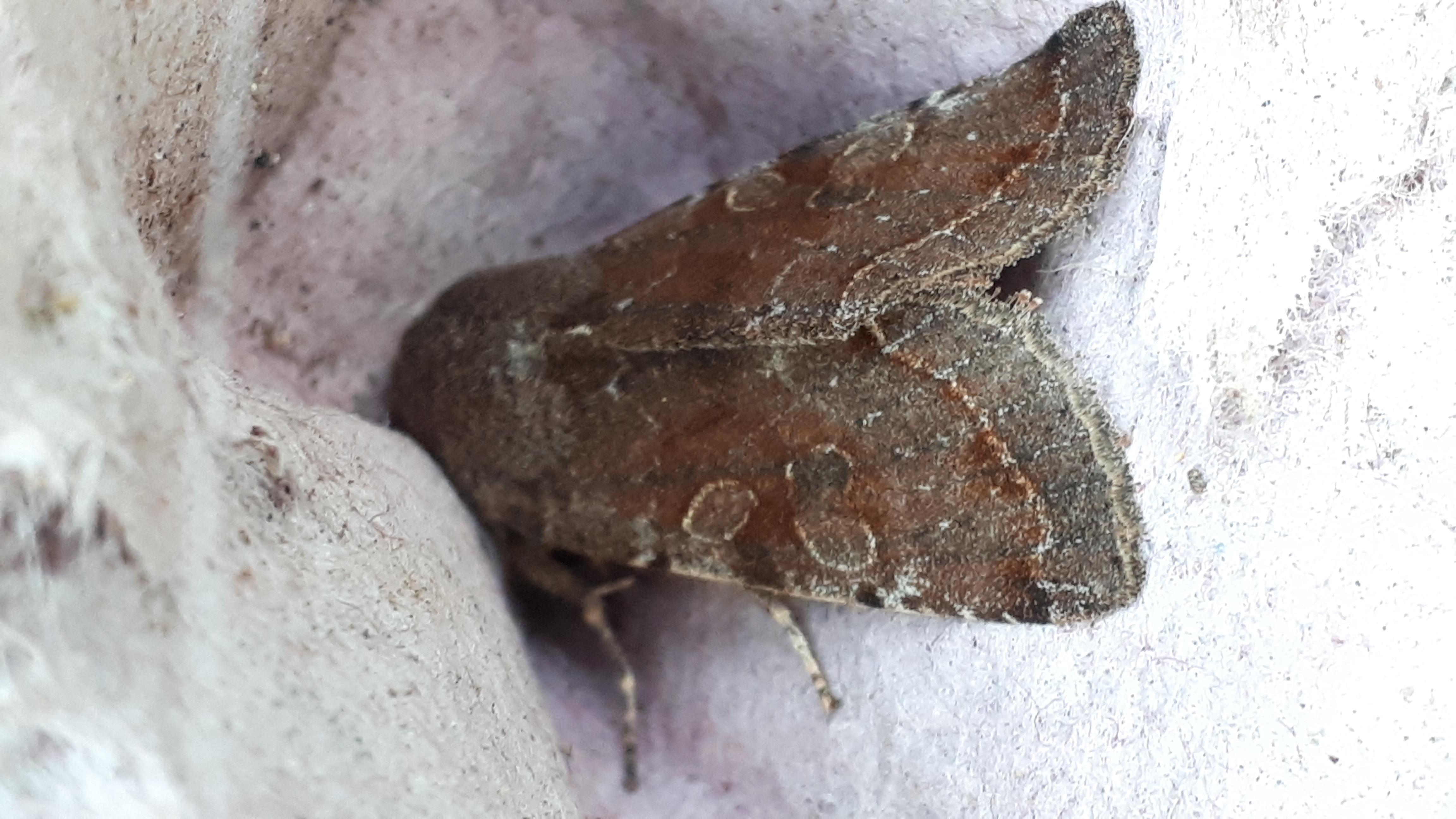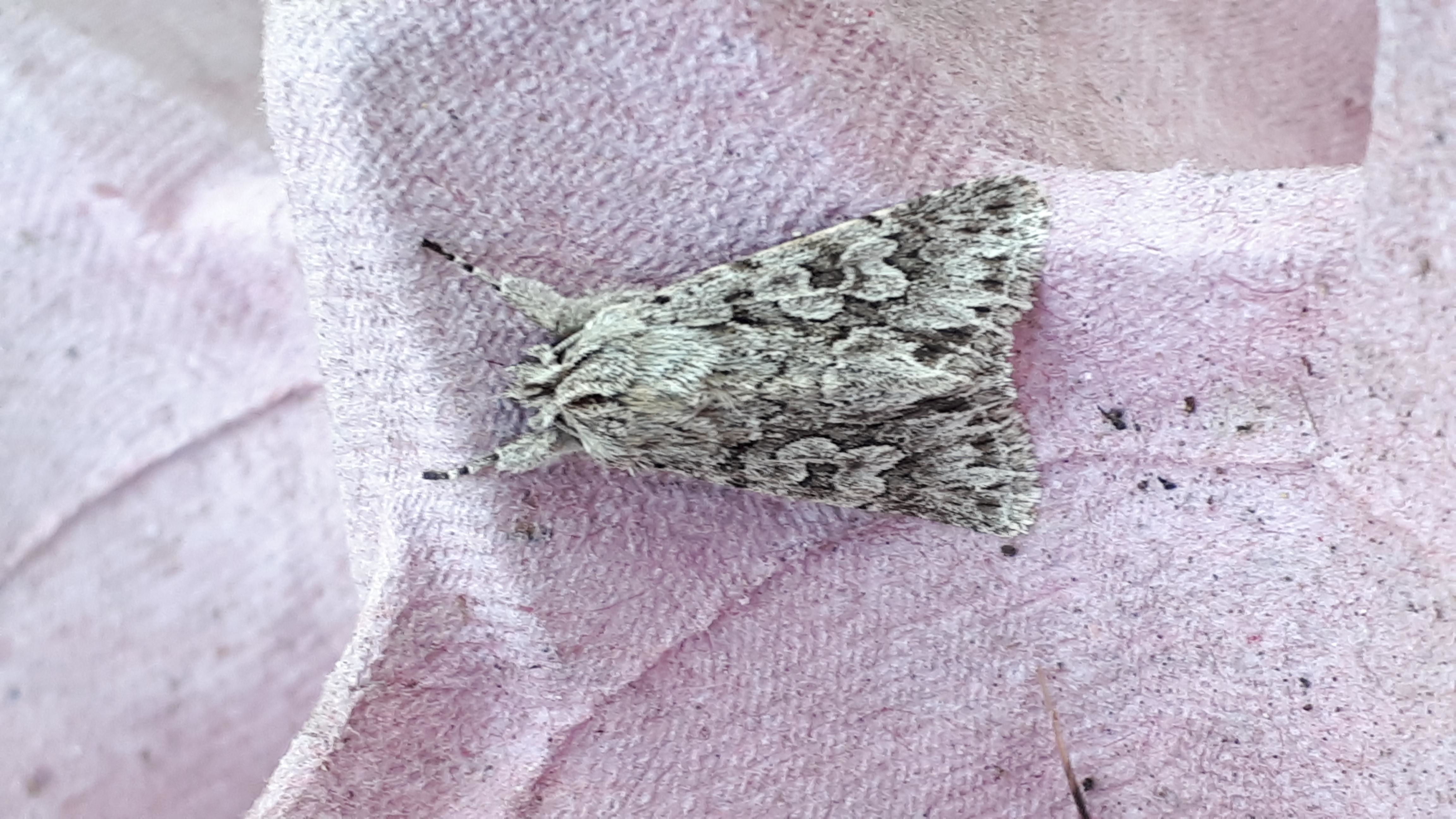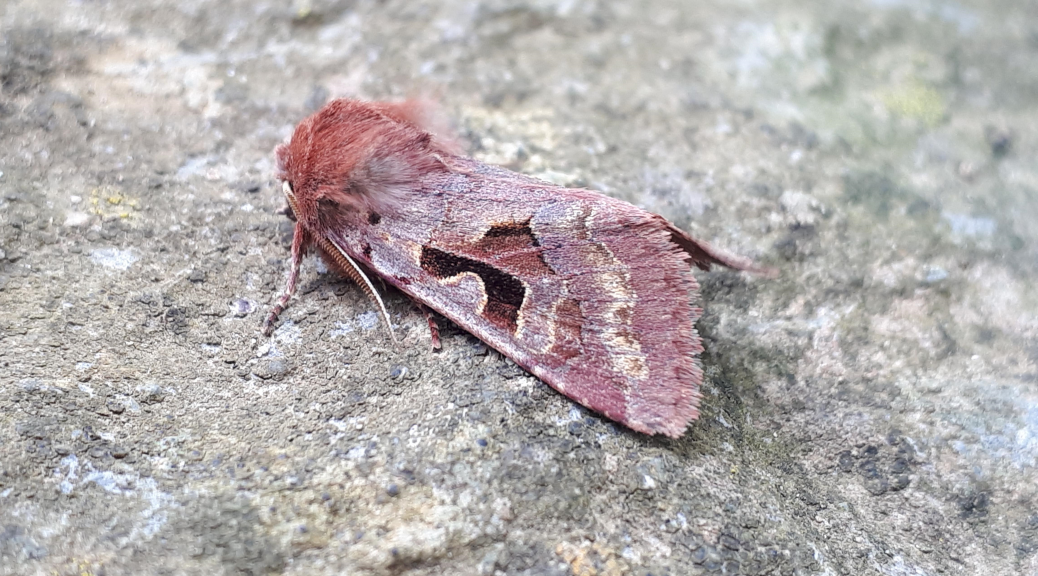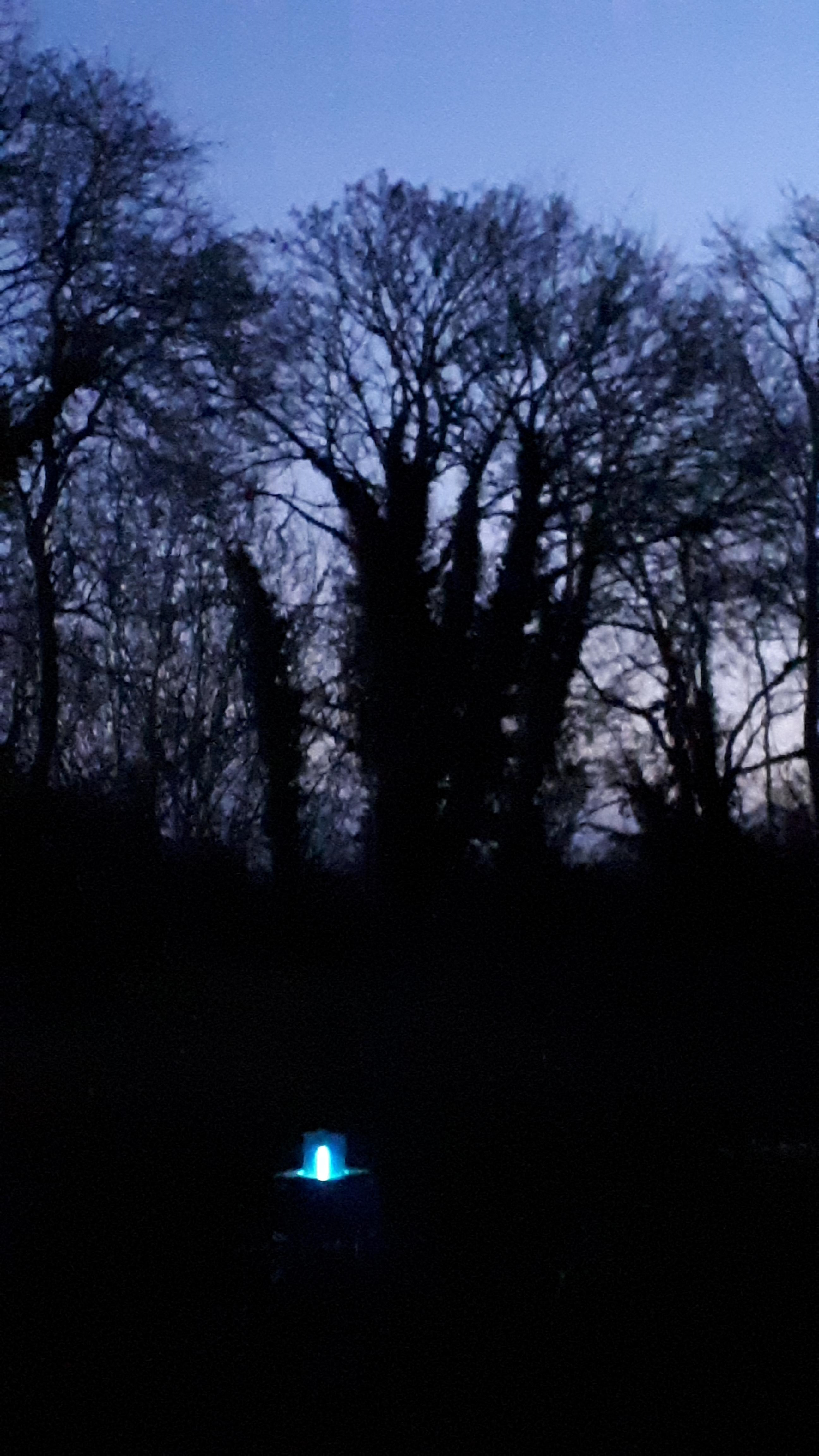
Most people know about the beauty of butterflies but what might surprise many is that despite flying at night, moths are equally colourful. And what is more, there are far more species to find. Moths are a hugely diverse group of insects with about 1,500 different species occurring in Ireland; many of which are small and almost impossible to identify. The larger of these are described as ‘macro-moths’ and these can, with care, be identified. There are 578 different species of these to keep you busy identifying.
Finding moths can prove a bit of a challenge. Scanning an outside light at night gives you some indication that there are moths out there to be found. But to really begin to find what moths are in your garden, you need a moth trap. I have one, a small portable Heath trap. This is essentially a tin box with a funnel on top into which sits a small fluorescent bulb. The bulb emits a whitish-blue light (technically called actinic light) which is attractive to moths but is not too bright for human vision. The moths approach the bulb, fall into the box through the funnel, then settle underneath the egg cartons until inspected and released in the morning. The trap runs off a 12 volt car battery allowing me to place it in different spots around the garden.
Moth identification can be difficult and overwhelming if you get a good catch in your trap. Most moths fly in the warm summer months, so putting a moth trap our early in the year when fewer moths are caught, is a good idea. You can take you time examining your catch, and identification doesn’t do your head in, at least not too much! I set up the trap last night, the first time this year, but didn’t really expect to catch many moths. The evening turned really cold, with a nasty cold easterly breeze.
I remember Angus Tyner, one of the fathers of moth recording in Ireland, once describing opening moth traps in the morning was like opening a different present each day for you never knew what delights awaited you. I opened mine and was delighted to find eight moths of four different species. And what is more, I was able to identify all four. In the trap were four Hebrew Character, two Clouded Drab and one each Early Grey and Pale Pinion.
Another attraction of moths is that they have wonderful names. For centuries those who studied moths, Lepidopterists, have been naming moths on behavioural characteristics and patterns on their wings that help to distinguish one species from the next. Carl Linnaeus came along and put more structure on naming of organisms by giving each a unique Latin name, based on two components, a family name and an individual name. This naming system, what is referred to as binomial nomenclature, has stood the test of time and is how scientists still refer to organisms. Nevertheless because of advances in science and the constant evolution of knowledge, species naming has become both a wondrously rich and equally perplexing tapestry of names, homonyms and synonyms. One of the four moths I caught last night is called the Hebrew Character with the scientific name Orthosia gothica. The common name, Hebrew Character, refers to the black saddle-shaped mark on the centre of its forewing, because it was seen to resemble the Hebrew letter ‘nun’, equivalent to our letter ‘n’. Linneaus, however, saw this pattern as more Gothic in form, hence called it ‘gothica’. So, you see, while there is a reason why scientists need to be precise as to which species they are referring, that does not necessarily mean that there is much logic unpinning the names the species have acquired.
